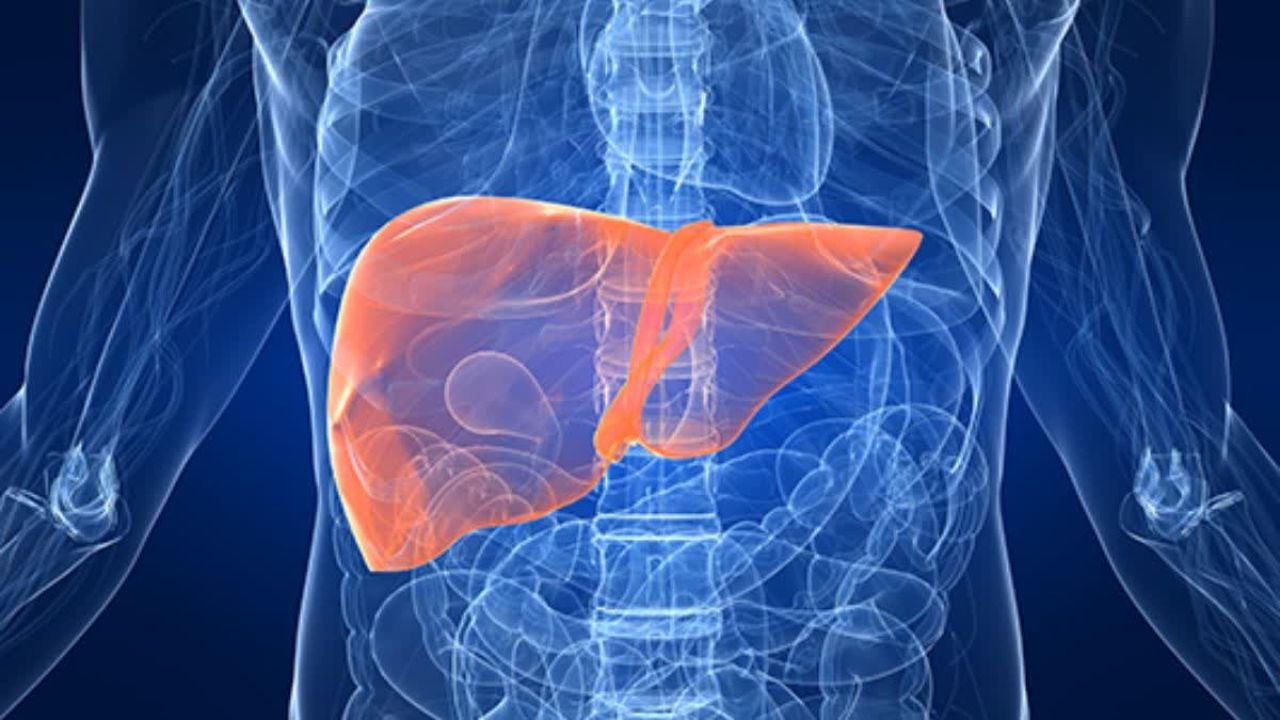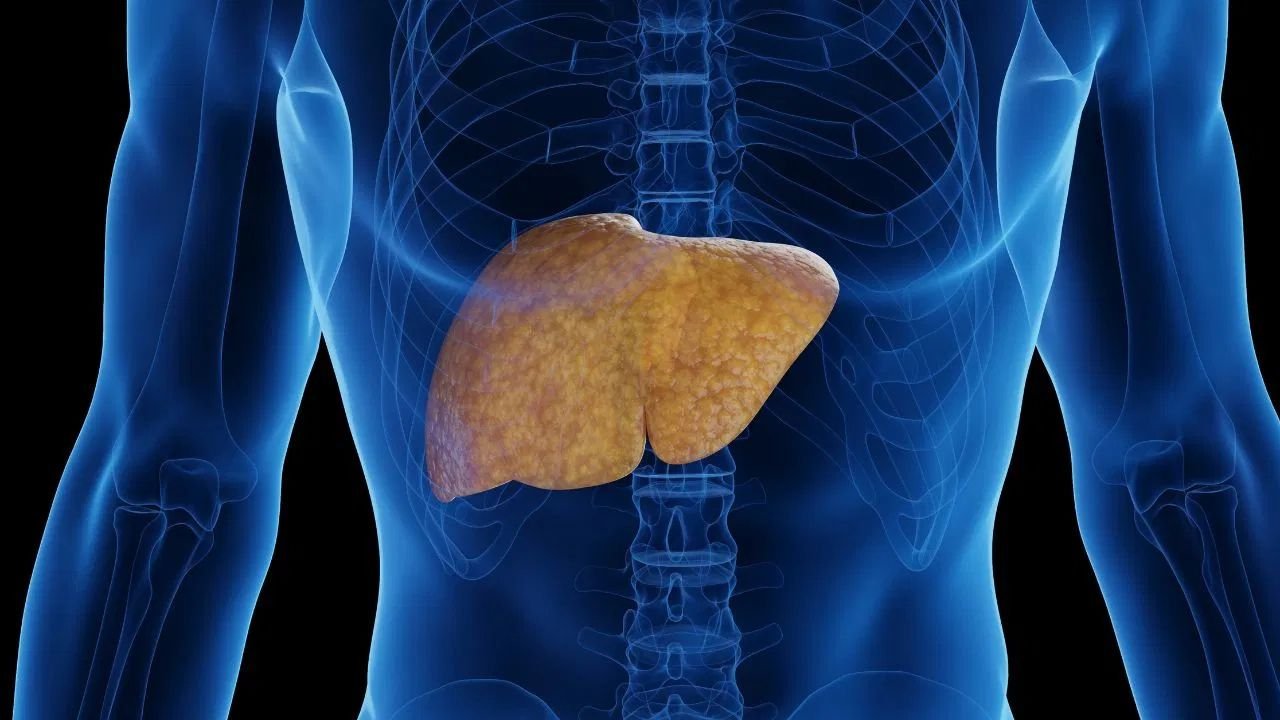Liver cirrhosis stages: The liver is an essential organ in our body. It not only filters blood, but also performs numerous functions such as metabolism, digestion, and detoxification. However, due to changing lifestyles, it is suffering significant damage. One of these is liver cirrhosis. When the liver is continuously damaged, it gradually loses its healthy cells and scar tissue forms in their place. People often take this lightly, but it causes significant problems later. Let us explain how dangerous liver cirrhosis is and at what stage it becomes cancer.
How dangerous is liver cirrhosis?
The question arises: how dangerous is the liver cirrhosis that we take lightly? So, let us tell you that liver cirrhosis is a chronic disease, meaning it lasts for a long time and progresses slowly. When this disease initially occurs, 20 to 30 percent of the liver is damaged. Until this point, we don’t notice any problems, but as the condition progresses, various symptoms begin to appear. These include fatigue and weakness, loss of appetite, abdominal swelling, frequent infections, and vomiting blood or bleeding. If left untreated, it can become fatal. Numerous studies and reports from the American Liver Foundation indicate that approximately 80 to 90 percent of liver cancer patients have cirrhosis.

When does it become dangerous?
Liver cirrhosis is divided into four stages, and the risk of cancer varies at each stage. The first stage is compensated cirrhosis, which marks the beginning. The second is compensated cirrhosis with varices, which increases pressure on the veins and increases the risk of cancer. The third stage is decompensated cirrhosis, which involves difficulty in liver function. The fourth stage is end-stage cirrhosis, where the liver completely stops functioning, making survival difficult for the patient. Additionally, the risk of cancer increases significantly at this stage. According to medical research, 1 to 8 percent of cirrhotic patients develop liver cancer each year. However, if the cirrhosis is caused by hepatitis B or C, the risk is even higher.







